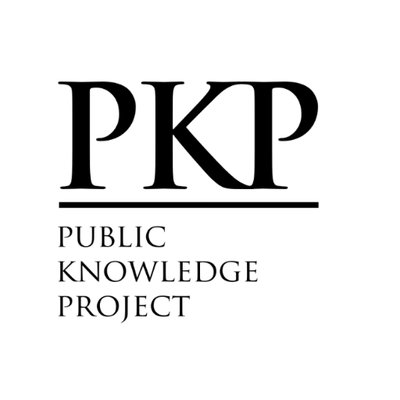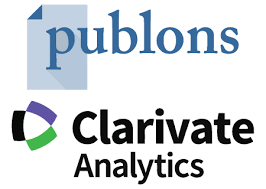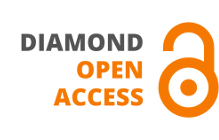le concept du capital immatériel : l'ambiguité d'une terminologie
DOI :
https://doi.org/10.59051/joaf.v9i1.128Mots-clés :
Capital immatériel, genèse, conceptualisation, définition, classificationRésumé
La thématique de recherche relative au capital immatériel est encore à un stade embryonnaire. Il n’existe toujours pas un construit scientifique établi. Du point de vue conceptuel, le capital immatériel est un terme qui englobe une multitude de désignations que certains chercheurs considèrent qu’ils ne signifient pas forcement la même chose bien que d’autres pensent le contraire. Il semble, en outre, y avoir une inadéquation entre les définitions et les classifications d'une part, et les situations concrètes auxquelles les entreprises sont confrontées, d'autre part. Le présent article tente de mettre la lumière sur l’état de l’art du capital immatériel en tant que discipline scientifique du point de vue théorique, conceptuel, définitionnel et de classification. Cette notion qui remonte aux années 20 du XXème siècle, son évolution sera évoquée pour éclaircir les problématiques actuelles.
Téléchargements
Références
Téléchargements
Publié
Numéro
Rubrique
Licence
© Marouane ELARFAOUI, Rachid DAANOUNE 2018

Cette œuvre est sous licence Creative Commons Attribution - Pas d'Utilisation Commerciale - Pas de Modification 4.0 International.
Les auteurs qui publient dans cette revue acceptent les termes suivants :
- Les auteurs conservent le droit d'auteur et accordent à la revue le droit de première publication, l'ouvrage étant alors disponible simultanément, sous la licence Licence d’attribution Creative Commons permettant à d'autres de partager l'ouvrage tout en en reconnaissant la paternité et la publication initiale dans cette revue.
- Les auteurs peuvent conclure des ententes contractuelles additionnelles et séparées pour la diffusion non exclusive de la version imprimée de l'ouvrage par la revue (par ex., le dépôt institutionnel ou la publication dans un livre), accompagné d'une mention reconnaissant sa publication initiale dans cette revue.
- Les auteurs ont le droit et sont encouragés à publier leur ouvrage en ligne (par ex., dans un dépôt institutionnel ou sur le site Web d'une institution) avant et pendant le processus de soumission, car cela peut mener à des échanges fructueux ainsi qu'à un nombre plus important, plus rapidement, de références à l’ouvrage publié (Voir The Effect of Open Access).






















